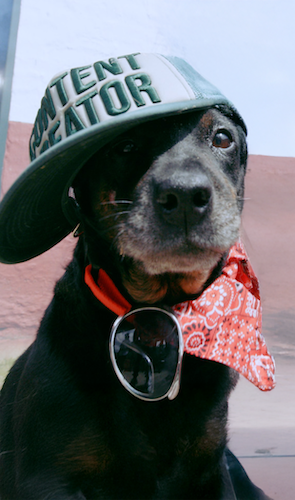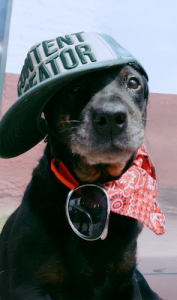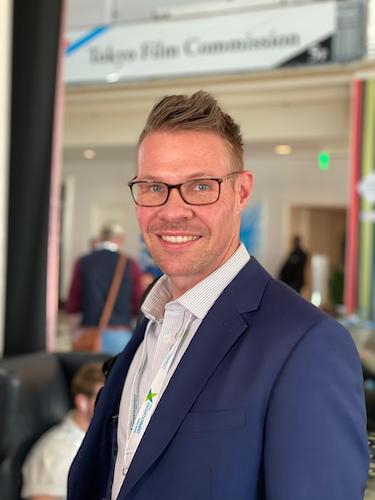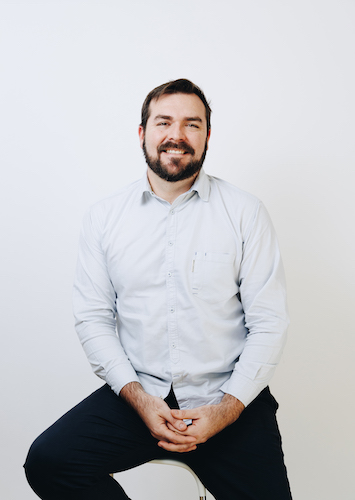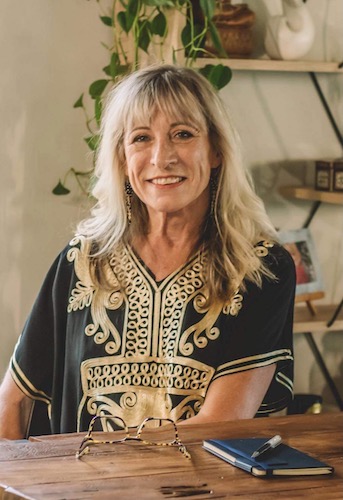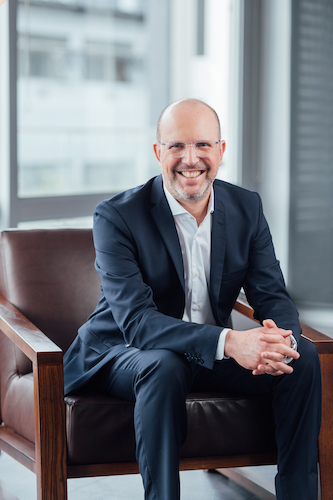According to Helen McIntee-Carlisle, President African Marketing Confederation, Black Friday has grown into more than a one‐day sales event in Africa. What began as a retail import from the West now plays a critical role in the continent’s commercial calendar.
For the African Marketing Confederation (AMC), the significance of Black Friday lies not just in spikes in revenue, but in what it reveals about consumer maturity, market infrastructure, and long-term brand trust.
Over several markets, brands are no longer treating Black Friday as a gimmick, but rather as a structural point in the year to plan promotions, inventory, and logistics. This shift reflects how African consumers have come to expect, and demand, more sophisticated retail experiences that combine value with trust.
Consumer Behaviour: Beyond Bargains
In many African markets, Black Friday is no longer only about impulsive buying. Sky‑high inflation and the rising cost of living have changed how consumers approach the period. A growing share of shoppers plan their Black Friday purchases with care. Many save up and time their spending to buy necessary or higher-value items during the sale window.
Yet, rising cynicism is also part of the picture. According to a recent analysis, an increasing number of consumers can differentiate between genuine discounts and marketing hype. As a result, they’re rewarding brands that demonstrate integrity alongside steep discounts. For the AMC, this signals a turning point: marketers must make authenticity a core part of their Black Friday strategy, not just the price point.
The Digital Shift: PayU GPO Data
Black Friday has become deeply digital in Africa. According to PayU GPO data, e-commerce purchase activity in South Africa rose by 130% during Black Friday 2024 compared to a regular Friday. The study showed that the average online basket size also increased to around R1946 (Roughly USD114). This factor suggests that consumers are using the period for considered purchases.
What’s more, mobile channels dominated: 67% of Black Friday transactions in South Africa were made on smartphones, underscoring how central mobile commerce has become to Africa’s digital economy. Payment methods are also shifting. While card payments still make up a large share, open-banking EFT methods are growing quickly, and alternative options like buy-now-pay-later (BNPL) have seen a strong uptake.
These trends reflect wider Africa‑focused shifts, with PayU noting a broader ‘Black November’ adoption strategy among merchants. For AMC marketers, this underlines the need to integrate mobile-first design, flexible payment options, and seamless checkouts into campaign planning.
Multi‑Channel Marketing: Social, Physical And Hybrid Strategies
Despite the dominance of e-commerce, physical retail still plays a role. In some African markets, shoppers want to touch, test, and feel products before committing, especially for electronics or big-ticket items. Meanwhile, social media remains a powerful lever for driving Black Friday awareness, engagement, and conversion.
Retailers are increasingly extending their Black Friday promotions beyond the traditional 24‑hour window. Some run week-long (or even ‘Black November’) campaigns, using teaser deals, social media launches, and staggered discounts to spread demand and sustain momentum.
This type of multi-day strategy helps marketers avoid overloading delivery infrastructure. It also gives them more space for storytelling and trust-building.
Trust, Loyalty, And The Ethical Dimension
For AMC, Black Friday is a trust test. As buyers become more discerning, brands risk eroding their reputation if they rely solely on steep discounts. Reports suggest that misaligned promotions and inflated ‘original’ prices are wearing thin with consumers.
Authenticity is now a major differentiator. African consumers, especially younger cohorts, are looking for value beyond the lowest price: ethical practices, transparent pricing, and alignment with their personal values matter.
In this context, AMC marketers should lean toward long-term loyalty strategies. They can invest in brand equity, community, and steady follow-through rather than one-off volume plays.
Operational Challenges And Opportunities
Black Friday peaks put pressure on logistics and payments infrastructure. Brands that cannot deliver reliably risk disappointing customers and damaging trust. For African retailers, investing in robust fulfilment networks is crucial. They should aim to focus on payment flexibility alongside speed.
Emerging payment trends such as open banking, BNPL, and tokenised cards are more than conveniences; they are strategic levers. By promoting these options and making checkouts smoother, brands can reduce friction and improve conversion rates. Meanwhile, marketers need to consider cross-border e-commerce. As platforms reach more of Africa, there is real potential to link regional markets cohesively.
Risks And Ethical Considerations
There is a growing ethical imperative around Black Friday. With many consumers under financial strain, marketers must avoid campaigns that exploit vulnerability. Misleading deals or artificially inflated ‘discounts’ can quickly backfire, eroding trust and damaging long-term brand equity.
AMC should encourage marketers to promote responsible consumption. This might include transparency about pricing history, inventory limits, or environmental impacts of fast-moving retail. In the African context, where economic volatility is real, it’s especially important to show respect for consumers’ financial realities.
Strategic Recommendations For African Marketers
– Plan for a multi-day Black Friday window: Use pre‑event teasers, mid-week warm-ups, and extended deals to spread demand.
– Build payment strategies that reflect the diversity of African digital finance: Highlight open-banking, BNPL, and mobile channels.
– Be transparent in pricing: Use genuine ‘before–after’ comparisons and avoid inflating original RRP.
– Use social media early and strategically: Don’t just push discounts – tell stories, engage communities, and provide education.
– Strengthen logistics: Invest in fulfilment capacity that can handle high volume but also scale down gracefully after peaking.
– Focus on long-term brand value: Measure success not only in sales, but in customer acquisition cost, retention rate, and sentiment.
– Use ethical messaging: Align your Black Friday campaigns with social responsibility, particularly as many consumers are financially stretched.
Looking Ahead
From the AMC perspective, Black Friday in Africa is much more than a shopping holiday. It is a mirror of the continent’s evolving digital economy, changing consumer values, and emerging marketing sophistication.
For strategic marketers, it’s not enough to offer deep discounts. Black Friday must be a moment to deepen trust, demonstrate purpose, and build long‑term loyalty. When done right, it becomes a launchpad for sustained growth, not just a peak in sales.
AFRICAN MARKETING CONFEDERATION
www.africanmarketingconfederation.org






